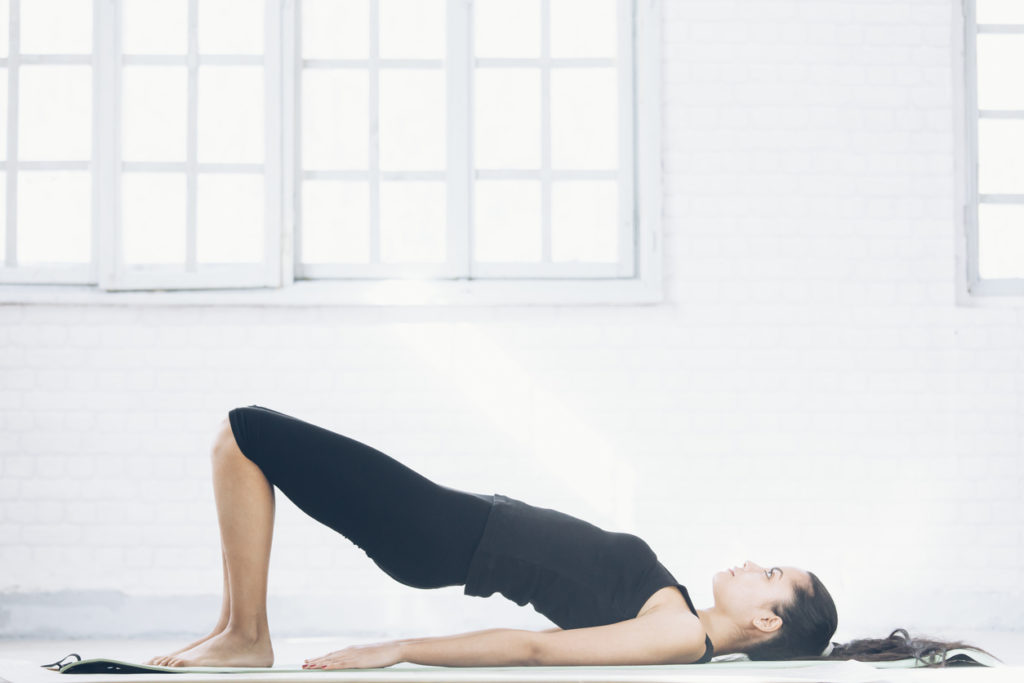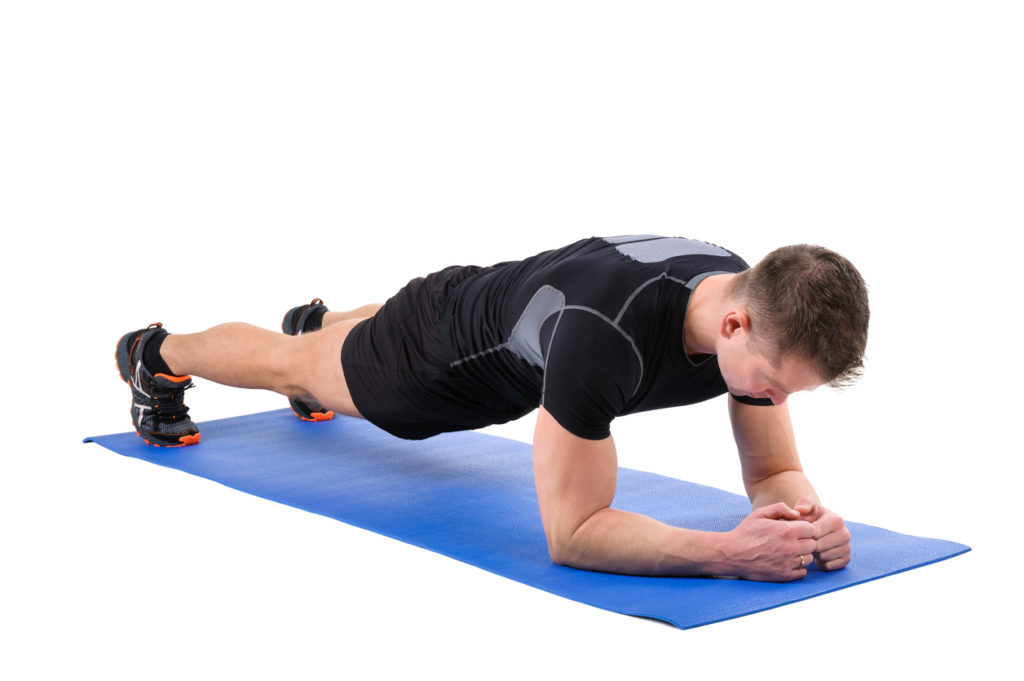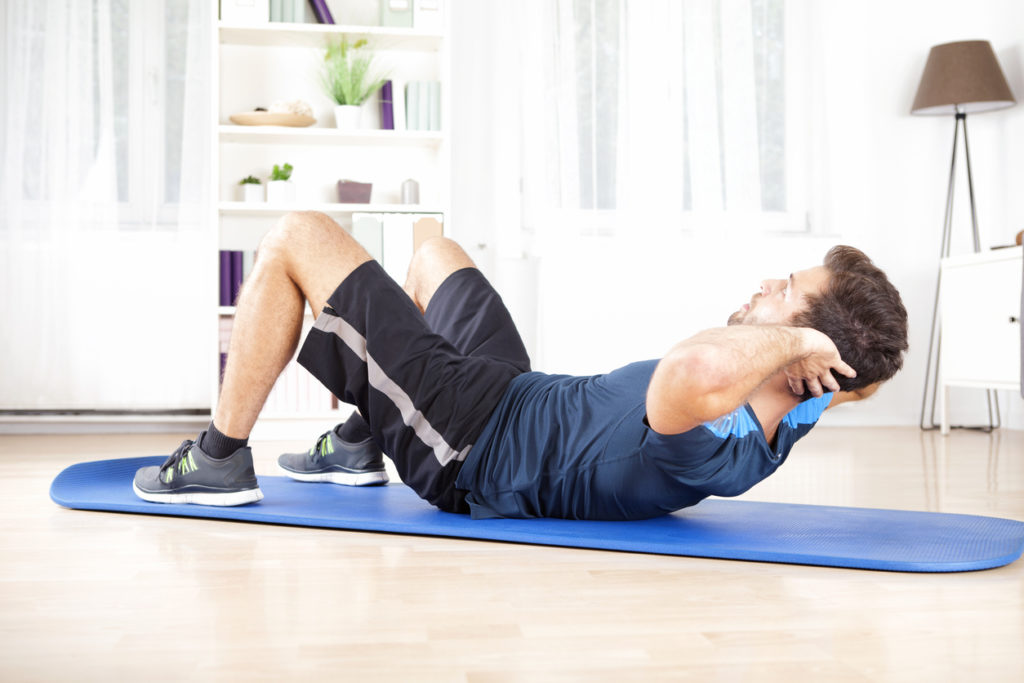10 Lower Back Exercises for Pain to Do at Home

Lower back pain is a major struggle, regardless of when in life you’re saddled with it. But chronic pain is even worse, and can be extremely difficult to deal with. The most important thing, regardless of how you approach your condition, is to approach it with a sense of optimism. It’s appreciably hard to do so while in pain, but the greatest cure for pain is joy – and you can’t be happy if the pain keeps you angry. One way to do this is by utilizing at-home lower back exercises for pain relief.
That’s why exercise helps to tolerate such pain. When mood and company aren’t enough to keep your mind off the pain, a more proactive, physical approach can make a difference – within reason. The difficulty in prescribing lower back exercises for pain relief to patients with chronic pain is that their condition will often shape their program. This may limit them from doing certain movements, while creating the opportunity for others to be more effective. Before doing any lower back exercises for pain, be sure to consult your doctor or physical therapist, and ask for a personalized list of what to do and not to do at home.
Going to a gym or a rehab center is always great – but not in everybody’s budget, whether time-wise or otherwise. That’s why home exercises are most effective – they take away the barrier of time and money spent going to and from the gym, while still giving you a good workout, and relieving your pain. These lower back exercises for pain are meant to prioritize relief, and give a secondary effect of improving your fitness – which can leave a long-term lasting effect on your chronic pain, hopefully reducing it.
Light Cardio
Cardiovascular exercise is incredibly important, regardless of your age or condition. But light cardio can work wonders for people struggling with chronic pain, as they give a relatively easy and steady source of endorphins.
Prolonged light cardio can reduce pain, keep your joints healthy, and put a smile on your face. However, it’s important to pick the right lower back exercises for pain, and this includes cardio. Proper equipment is a big plus: walking or light jogging on a treadmill if permittable, or spending a few minutes on a stationary bike.
Hip Raises/Bridges
While these exercises are meant to reduce pain in the back and lower back, it’s important to understand the body as a machine, capable of performing certain movements, recruiting entire systems of musculature to perform said movements. Thus, an effective way to help the lower back is by strengthening the surrounding areas.
The hips are a frequent problem area, especially with advanced age or prolonged periods of staying sedentary. Sitting for extended periods of time can shorten the hip flexor, and generally weaken the glutes and hamstrings. This can lead to muscular imbalances, and produce long-term pain. It’s important that these lower back exercises for pain relief include the surrounding muscles as well. Hip bridges are a good way to strengthen these lacking regions, increase hip flexibility, and improve overall back health.
Lower Back Extensions
A great and simple way to strengthen the lower back directly is through lower back extensions. Simply lie prone on your stomach, with your hands on your head or out in front of you, and concentrate on raising your shoulders and chest off the floor.
This exercise can either be done in repetitions, or for time. An easy variation to increase difficulty and further isolate the back is by lifting both the hands and feet off the ground simultaneously. To increase focus on the lumbar region rather than the thoracic, focus on raising your chest, and keep your hips on the ground.
Reverse Hip Raises/Extensions
Since these lower back exercises for pain relief should work all areas of the back, another great exercises are reverse hip raises. Reverse hip extensions also work the entire posterior chain, which can greatly strengthen the glutes and relieve pain worsened with long periods of inactivity.
While they’re traditionally done on a reverse hip raise machine, these can be done on a stability ball instead. An alternative is to get down on your hands and knees in a table top position, and then fully extend one leg back at a time, squeezing with each repetition.
Hip Circles
One source of chronic pain is nerve inflammation, due to injury or overuse. Hip circles are a good way to both prevent and help remedy conditions like pain from sciatica. While in a table top position, slowly move your knee close to your chest, then draw a circle with it outside of your body, back behind you, and back up to your chest.
Planks
Planks are simple abdominal exercises that greatly strengthen the entire core – when done right. These lower back exercises for pain help to strengthen your core, which in turns strengthens the back as well. The key is to keep your core engaged, rather than letting your stomach or hips sag down. While this makes the exercise more difficult, it makes it much safer – and makes progression more effective. Strengthening the core can drastically improve spinal health, and improve your overall quality of life.
Mild Yoga
Yoga is a great source of exercises and stretches, most of which act as amazing rehabilitation tools and recovery tools after strenuous exercise, or challenging exercises in and of themselves. Like most fitness options, yoga has something for everybody – but unlike most, it’s a great tool for safe healing.
The key lies in knowing what you should and shouldn’t do. Most beginner movements are ideal, including the cat-and-cow, child’s pose, threading-the-needle (a variation on the knee-to-chest stretch), and variations of the cobra pose. As always, consult a doctor.
Wall Sits
Wall sits are an effective way to strengthen the legs, without putting too much pressure on the knees or back, as with a loaded squat or lunge. Simply stand with your back pressed against a wall, and slide down until your thighs are parallel to the floor. Keep your arms away from the wall, either on your thighs or your stomach. Like the plank, this is an exercise for time. Close your eyes, breathe deeply, and count.
Partial Crunches
While the planks help build strength throughout the core, these lower back exercises for pain can better work the abdominal muscles. This provides a much safer alternative to sit-ups, which can overwork the hip flexors without really providing the abs with a challenge.
However, excessively crunching your core could pose a problem for your lower back, instead of helping it. Flex your core by lying on your back, while slowly raising just your head and shoulders off the floor. Keep your arms tucked under your neck, crossed, rather than behind your head.
Moderate Weight Lifting
While it may sound counterintuitive, lifting weights can benefit you greatly, even with a condition like fibromyalgia. The key is to do what you can, rather than overdo it. Consult your doctor to find out what movements you specifically shouldn’t engage in, and what movements are a good idea for you to work on improving your strength.
Lower Back Exercises for Pain That You Should Avoid
There are many lower back exercises for pain that you should do. However, there are also many exercises that you probably shouldn’t do. Depending on your strength, it’s a bad idea to load your spine excessively. This may rule out most heavy barbell exercises, such as barbell rows, deadlifts and squats. Toe touches can also inappropriately load the spine, while overstretching the hamstrings. You can opt for a more spine-friendly version: the child’s pose.
If you make progress with your weight lifting and your pain goes away, you may go on to using heavier weight to continue to train your body. Consult your doctor before you move on to barbell movements, to ensure that you don’t unnecessarily increase risk of injury.
These at-home lower back exercises for pain can help to reduce your chronic pain, improve mood, and improve your overall quality of life. Consult your pain doctor as well, for they may have exercise programs set up for you as well. Your doctor will also assist you in creating a personalized pain management plan to help to reduce pain.



